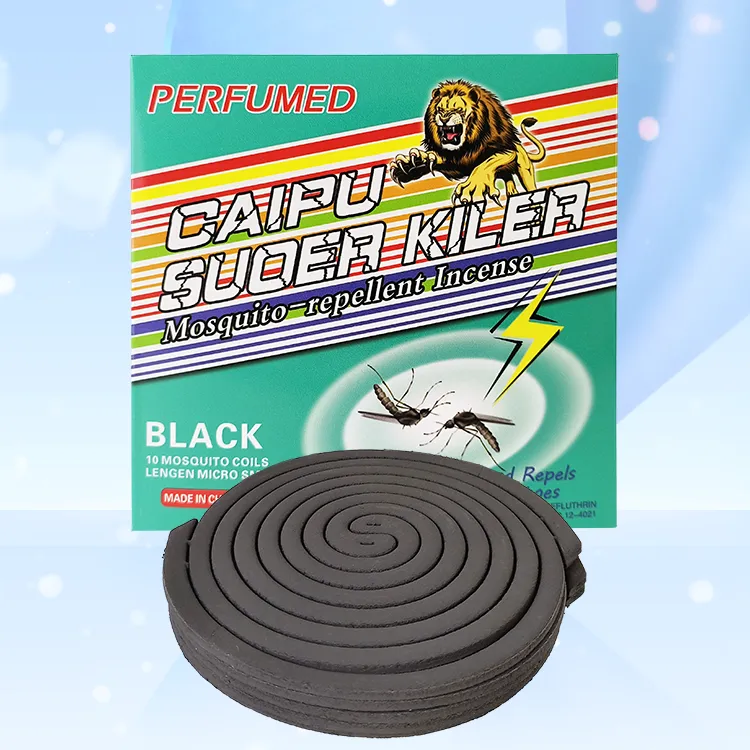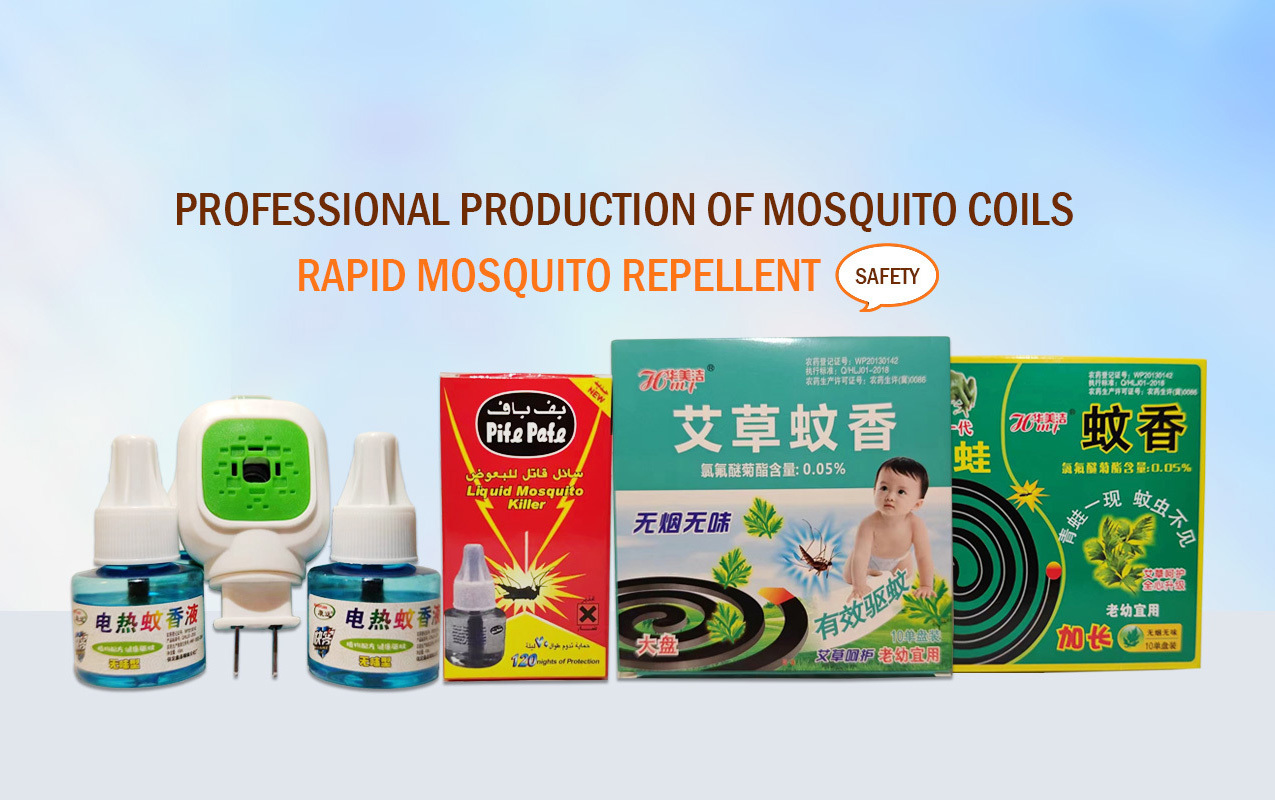The Power of Mosquito Fogging Insecticide in Modern Pest Control
2025-08-21

In the ongoing battle against mosquito-borne diseases and nuisance biting, municipal and commercial pest control strategies often turn to a powerful tool: mosquito fogging insecticide. This large-scale application method is designed to rapidly reduce adult mosquito populations in targeted areas, providing immediate relief and breaking the cycle of disease transmission. The process involves a specialized machine that aerosolizes a diluted solution of mosquito fogging insecticide, creating a fine mist or "fog" that hangs in the air and penetrates foliage where mosquitoes rest.

The efficacy of any mosquito fogging insecticide treatment hinges on several critical factors. Firstly, the chemical formulation is paramount. Most modern solutions are synthetic pyrethroids, which are chosen for their low mammalian toxicity and high potency against insects. The timing of the application is equally crucial; treatments are most effective at dawn or dusk when mosquitoes are most active and weather conditions are typically calm, allowing the fog to settle and remain effective. The strategic deployment of a professional-grade mosquito fogging insecticide can dramatically suppress mosquito numbers in parks, neighborhoods, and public spaces, thereby reducing the risk of outbreaks of illnesses like West Nile virus or dengue fever.
While highly effective, the use of mosquito fogging insecticide is part of an integrated management approach. It is designed to eliminate flying adults but does not affect larvae. Therefore, it is most successful when combined with public education and source reduction (eliminating standing water). For communities facing significant mosquito pressure, a well-planned program utilizing mosquito fogging insecticide remains an indispensable component of public health and safety initiatives, offering broad-area protection that individual measures cannot provide.
Recommend News
Contact Us
Leave Us A Message


